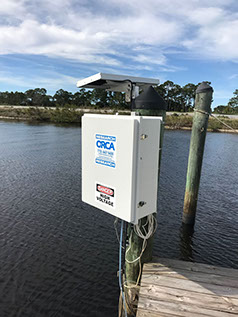KILROY ACADEMY
With generous funding from Indian River Impact 100, Kilroy Academy teaches a diverse network of educators and learners how to access and analyze real-time data from ORCA’s Kilroy water quality monitoring systems installed in the Indian River Lagoon.
The Kilroy systems are used as the backbone of an innovative internet-based, multidisciplinary educational program designed for grades 9-12. The goal is to provide enough background information so students can understand the significance of the data coming from the Kilroys and participate in doing real-world science for the benefit of their communities.

“The environmental problems that our generation has left to those that will follow are beyond imagining. That our choices and behaviors are actually changing ocean chemistry boggles the mind. Paradoxically, in the face of such gloom and doom, the most valuable tool we need to be passing on to our children is optimism. It is only the optimists that will see the solutions and recognize that if it was our choices and behaviors that brought us to this environmental precipice then our choices and behaviors can pull us back from the brink.”
– Dr. Widder
Kilroy Academy eLearning Program
The free Kilroy Academy website offers a collection of resources to impart the knowledge and skills needed to help save our ocean planet. These include short video tutorials, hands-on demonstrations, virtual field trips, useful links and worksheets that are designed to make data from Kilroys meaningful. Those involved with Kilroy Academy learn to think critically and execute conservation action plans to restore the IRL and the species it sustains.
Monitoring conditions in the Lagoon is equivalent to what doctors do for patients. They use the information that they get from their monitors in order to determine what is wrong with a patient and to be sure that whatever they are doing is making the patient better and not worse. Factors like temperature, salinity (how much salt is dissolved in the water), dissolved oxygen (how much oxygen is in the water), pH (how acidic the water is), turbidity (how clear is the water) and how many nutrients are present all impact animal survival.
Animals and plants may have a wide range of tolerances for some factors and a narrow range for others. By monitoring these factors we can help assure that the environmental factors stay within a range that will optimize survival, not just for aquatic species, but ultimately for ourselves. These are complex problems and we need people with trained eyes watching these monitors and working together to protect our water-based life support systems.
The more people who become part of the Kilroy Academy team and learn what is needed to make a difference, the more defenders we will have of our water planet.
Learn more at www.kilroyacademy.org/index.html
